7 Proven Podcast Promotion Strategies to Grow Your Audience
Content Creation-2.png&w=3840&q=75)
Quick Summary
Podcast promotion helps creators grow visibility and attract loyal listeners through smart, consistent marketing. Simply uploading episodes isn’t enough; you need a strategy to get discovered and keep audiences coming back. This guide breaks down proven, data-backed methods, from optimizing metadata to repurposing your episodes with tools like Klap, to help your podcast reach more listeners and stand out. For more creator insights, visit the Klap blog.
Why Most Podcasts Struggle to Be Found
Truth is, great content isn’t enough anymore. As of 2025, there are over 4.2 million active podcasts competing for listener attention across Spotify, Apple Podcasts, and YouTube. Yet, according to Buzzsprout, nearly 90% of podcasts never make it past episode three, largely because creators fail to gain traction early. The challenge isn’t creating episodes; it’s getting people to actually discover and stay with them.
Many creators pour hours into recording and editing, but overlook the most important part: promotion. Without a clear plan for distribution, SEO, and audience engagement, even strong episodes get buried in the algorithm.
In this Klap guide, we break down how to promote your podcast strategically, using research-backed workflows and tools to repurpose and amplify your content across platforms.
Why Listen to Us
We’ve spent years studying how creators grow through strategic content promotion, from YouTube channels to podcasts that now reach thousands of listeners monthly. Our insights come from analyzing real creator workflows, platform data, and proven repurposing systems used by over 1.8 million Klap users worldwide.
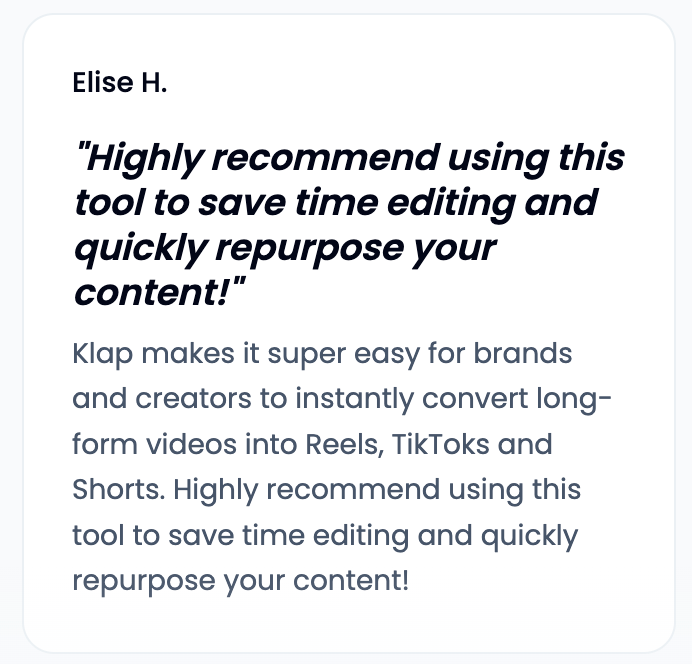
What Is Podcast Promotion
Podcast promotion is the process of actively marketing your show to increase its reach, downloads, and listener engagement. It’s more than sharing a link after you publish; it’s about putting your podcast where your audience already spends time: on social media, YouTube, newsletters, or search results.
Unlike passive posting, podcast promotion uses data-backed strategies such as audience targeting, cross-promotion, and content repurposing to grow faster. For example, repurposing an episode into TikTok clips, quotes, or blog articles can boost visibility dramatically. The goal is to make every episode work harder by reaching new audiences without recording more.
Why Podcast Promotion Matters
- Algorithms reward engagement: Spotify and Apple Podcasts prioritize shows with strong completion rates, listener growth, and listens per subscriber. A podcast that performs well early is pushed to more potential listeners automatically.
- Early traction drives discovery: Without active promotion, even great content stays buried. Promotion gives your episodes the initial boost needed for algorithms to notice and recommend your show.
- Visibility fuels monetization: According to Edison Research (2025), podcasts that promote across three or more channels see up to 67% higher listener retention, a key factor for sponsorships and brand partnerships.
- Consistent promotion builds trust: Regularly promoting episodes shows reliability, turning one-time listeners into loyal followers who anticipate new releases.
- Growth compounds over time: Each new listener expands your network, boosts word-of-mouth reach, and increases your chances of long-term growth and monetization.
How to Promote Your Podcast (Step-by-Step)
1. Optimize for Search and Discovery
Search optimization is one of the most overlooked parts of podcast promotion. Platforms like Spotify and Apple Podcasts use your title, description, and show notes to understand your show and recommend it to new listeners.
That’s why keyword research matters. Use clear, audience-focused titles that include searchable terms. For example: “Productivity Habits That Actually Work” instead of “Episode 5: Morning Routines.”
Write detailed descriptions that include:
- Primary keywords related to your topic or guest
- Timestamps for easy navigation
- Links to resources or mentions from the episode
Adding full or partial transcripts also improves discoverability. Podcasts with searchable text are more likely to appear in organic search results.
Tools like Descript or Otter.ai can help you generate transcripts and SEO-rich summaries fast. For more tools, check out our guide on the best podcast transcription tools for creators. Think of your podcast page like a blog post: optimized, readable, and keyword-informed. A few small tweaks here can make your episodes easier for both algorithms and listeners to find.
2. Repurpose Episodes into Shareable Content
One podcast episode can become weeks of social content if you repurpose it strategically. Short-form clips, quote graphics, and audiograms allow you to reach new audiences on platforms like TikTok, YouTube Shorts, and Instagram Reels, where discovery is fastest.
Instead of manually trimming clips, tools like Klap automate the process. Here’s how to repurpose your podcast into short-form clips using Klap;
Step 1: Sign Up and Upload Your Episode
Visit Klap.app and create a free account. Upload your long-form podcast episode (video or audio). Klap supports all common formats, including MP4, MOV, and MP3.
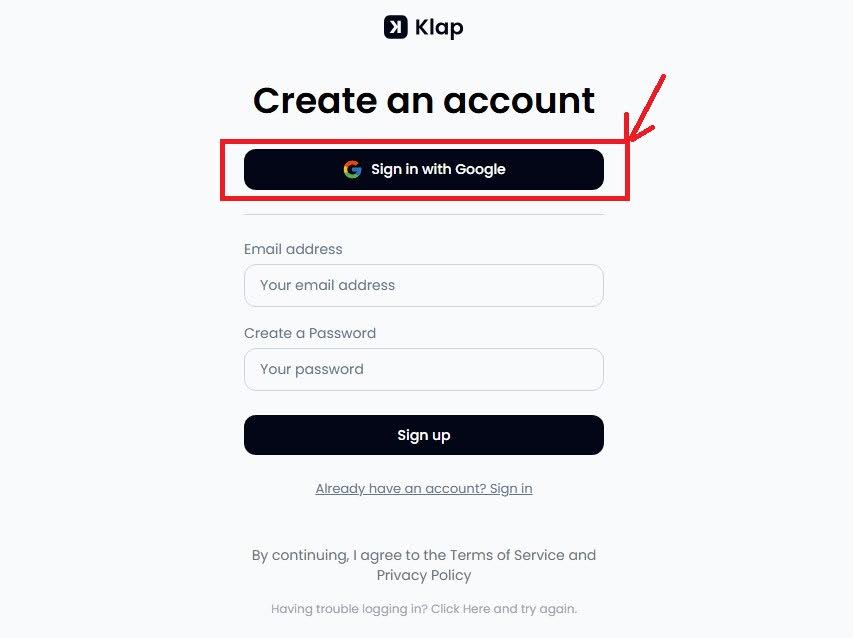
Step 2: Let Klap’s AI Identify Key Moments
Once uploaded, Klap automatically scans your episode to detect the most engaging parts: emotional stories, punchy insights, or funny moments perfect for different platforms.
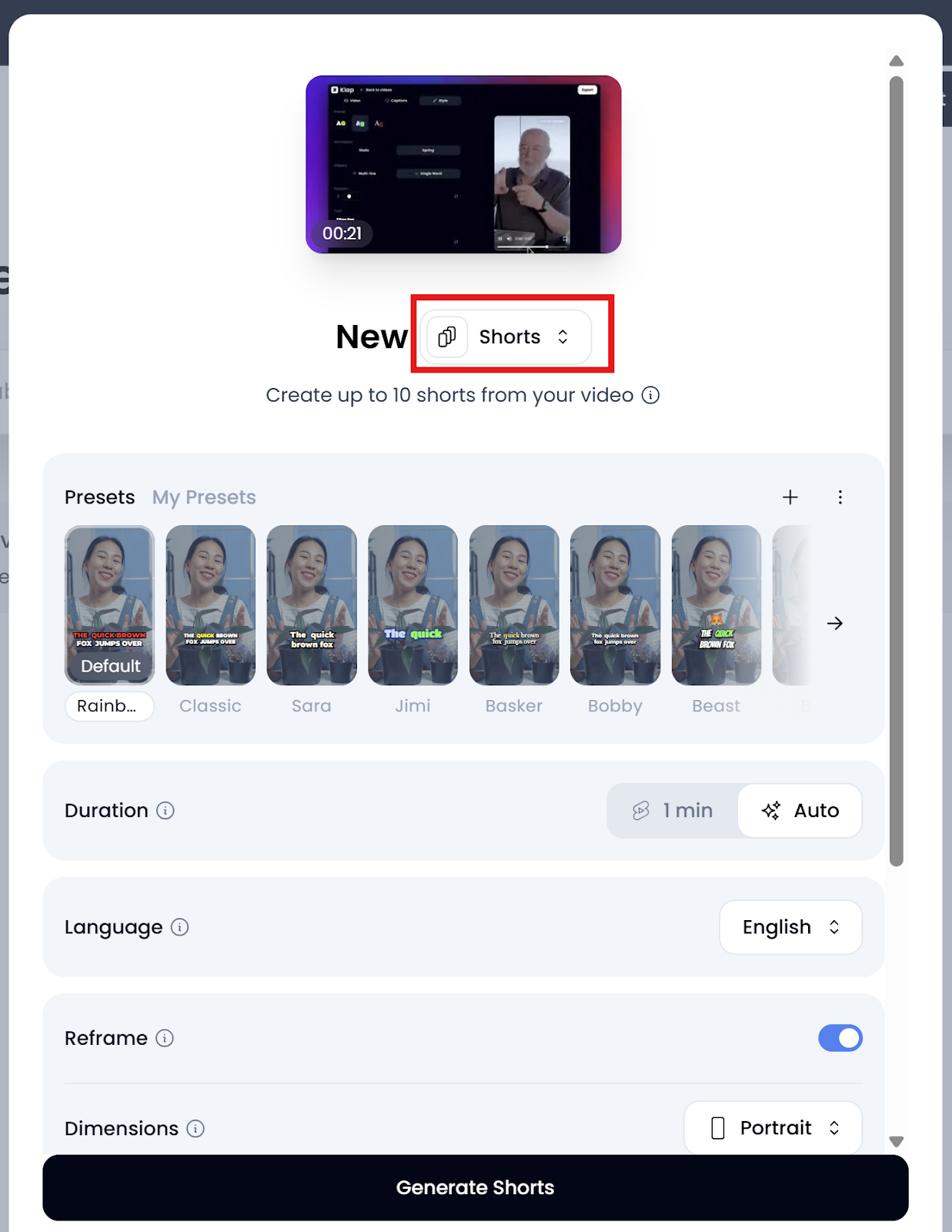
Step 3: Auto-Reframe for Social Platforms
Klap instantly reformats your horizontal video into a vertical layout for TikTok, Reels, and YouTube Shorts. It adjusts framing intelligently, keeping speakers centered and visually dynamic.
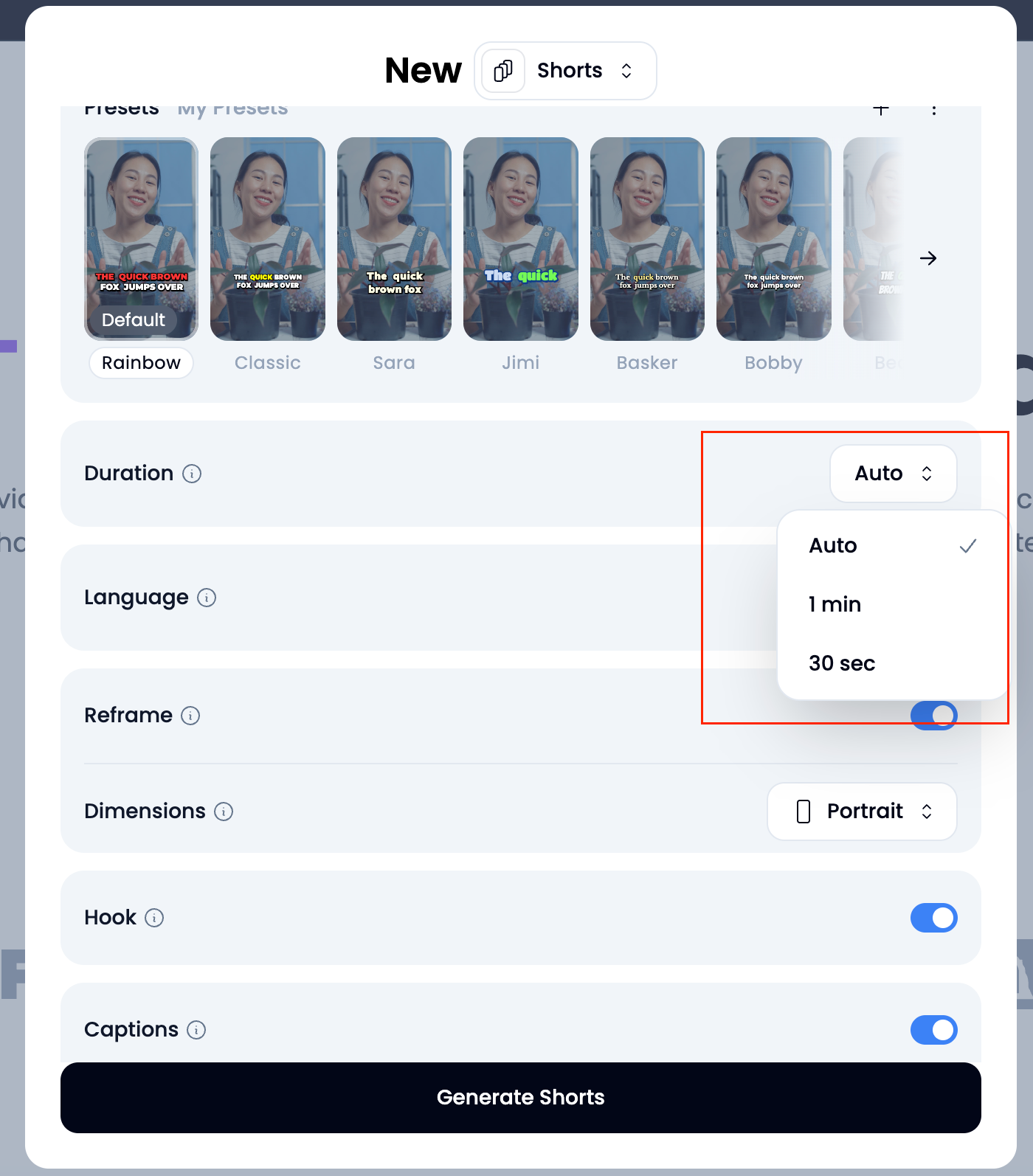
Step 4: Generate Captions Automatically
Since over 80% of viewers scroll without sound, captions are crucial. Klap generates accurate, auto-synced captions styled for TikTok aesthetics, ready to post as-is or customize.
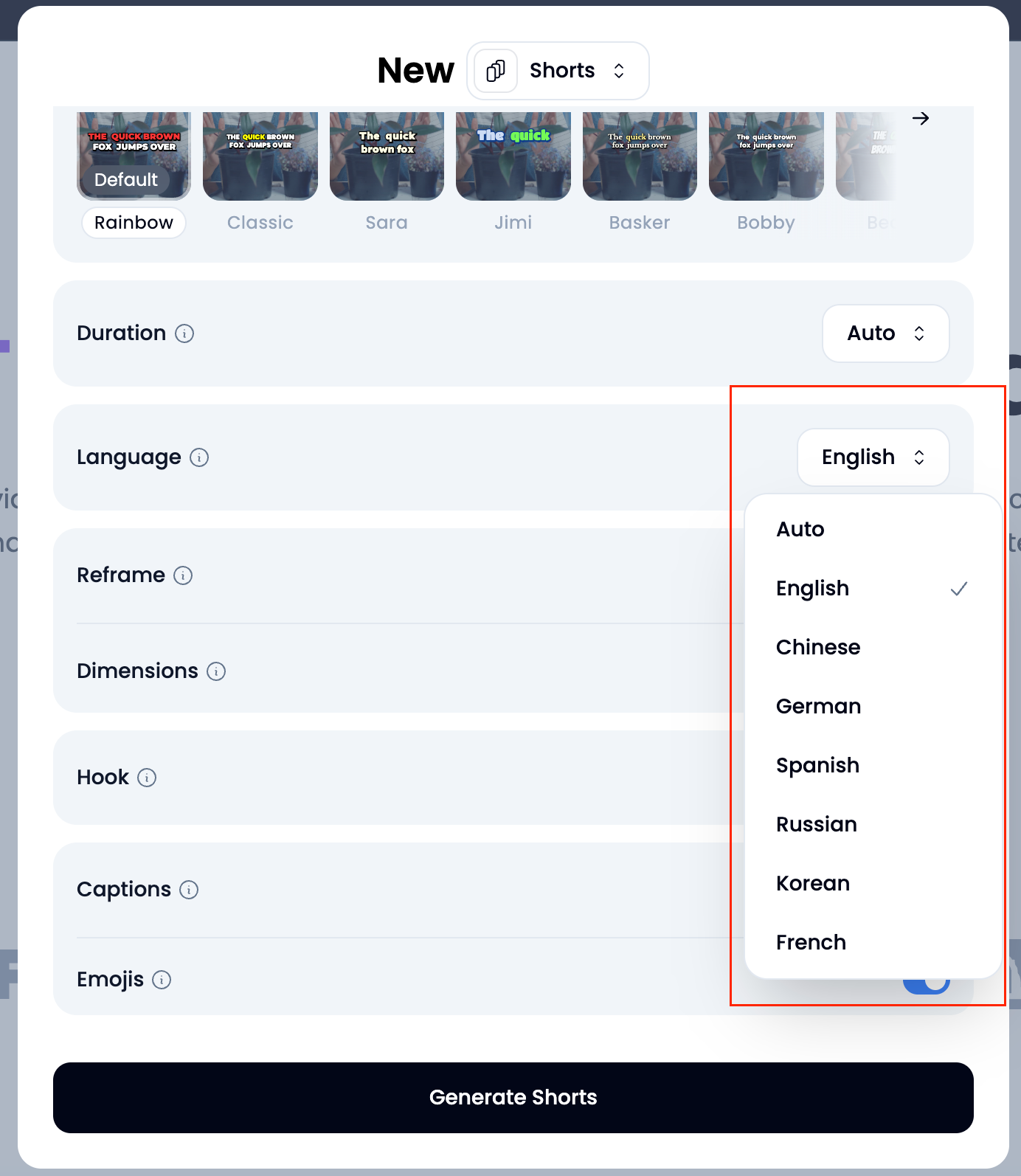
Step 5: Review, Export, and Post
In less than 10 minutes, your single episode becomes 5–10 polished clips. Export them directly or schedule across platforms to maintain a consistent posting rhythm without burning out.
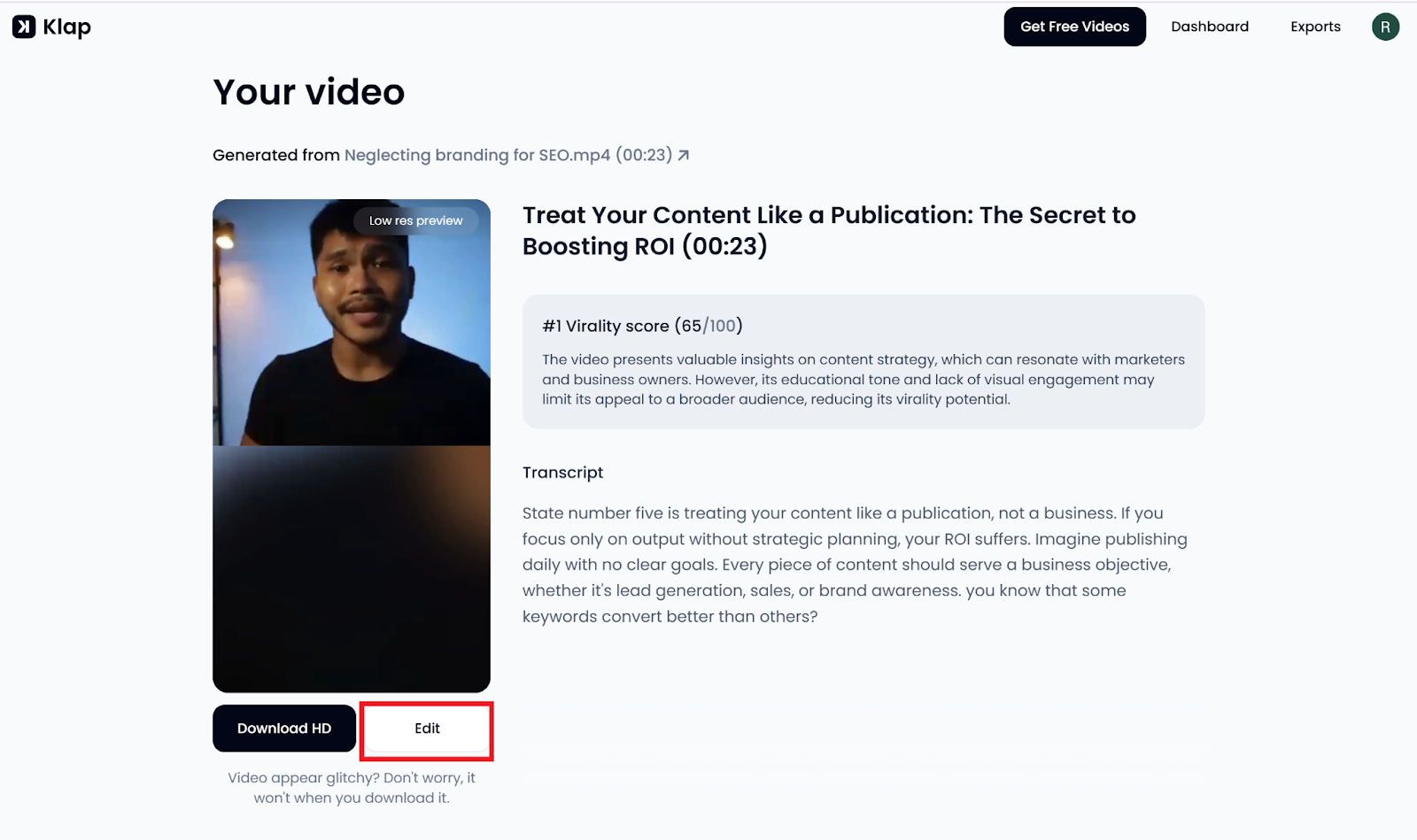
With Klap, what used to take hours of manual editing, clipping, and captioning now happens automatically, helping you stay visible, consistent, and creative.
3. Cross-Promote Through Guest Collaborations
Guest collaborations are one of the fastest ways to grow your podcast audience organically. Inviting guests who already have engaged followers introduces your show to new listeners who trust their recommendations. It’s a form of built-in cross-promotion that multiplies visibility for both parties.
When planning your lineup, prioritize guests who:
- Share your target audience or niche interests
- Have a strong social or email presence
- Can provide unique insights or storytelling value
Encourage your guests to share the episode once it’s live by providing them with short clips, quotes, or audiograms they can easily repost; tools like Klap make this workflow seamless. You can also return the favor by appearing on their podcasts or co-hosting joint sessions.
Collaboration expands credibility, builds relationships, and keeps your show visible across multiple creator ecosystems.
4. Build an Engaged Community
A successful podcast isn’t just heard, it’s followed, discussed, and shared by its listeners. Building a community turns casual fans into active supporters who keep your show relevant between episodes.
Here’s how to strengthen that connection:
- Stay active where your audience lives: Use social media platforms, Discord channels, or newsletters to maintain ongoing conversations with your listeners beyond episode releases.
- Encourage participation: Run polls, Q&As, or episode suggestion threads to turn your listeners into collaborators in your creative process. Involvement builds investment.
- Show appreciation publicly: Share behind-the-scenes clips, give listener shoutouts, and celebrate milestones. Recognition deepens loyalty and boosts word-of-mouth promotion.
- Engage consistently, not occasionally: Podcasts that interact with their communities weekly keep your audience emotionally invested.
- Focus on genuine interaction: Reply to comments, thank reviewers, and highlight feedback. Audiences who feel seen are far more likely to share your show with others.
5. Distribute Beyond the Major Platforms
Don’t just stop at Spotify and Apple Podcasts; expand your distribution and increase your discoverability. Submitting your show to platforms like Pocket Casts, Overcast, Podbean, and Goodpods helps you reach listeners who prefer niche or community-driven apps.
These smaller platforms often feature independent creators, giving your show a better chance to stand out. They also provide additional data on listener behavior, which can guide future promotion strategies.
You can also republish your episodes on YouTube, which now prioritizes podcast content through YouTube Music. Adding simple visuals, such as waveform audiograms or behind-the-scenes clips, can attract new audiences who may not use traditional podcast apps.
6. Use Paid Promotion Strategically
Paid promotion can accelerate podcast growth when used wisely. Platforms like Spotify Ad Studio, Meta Ads, and TikTok Ads Manager allow you to target specific listener demographics based on interests, location, and behavior.
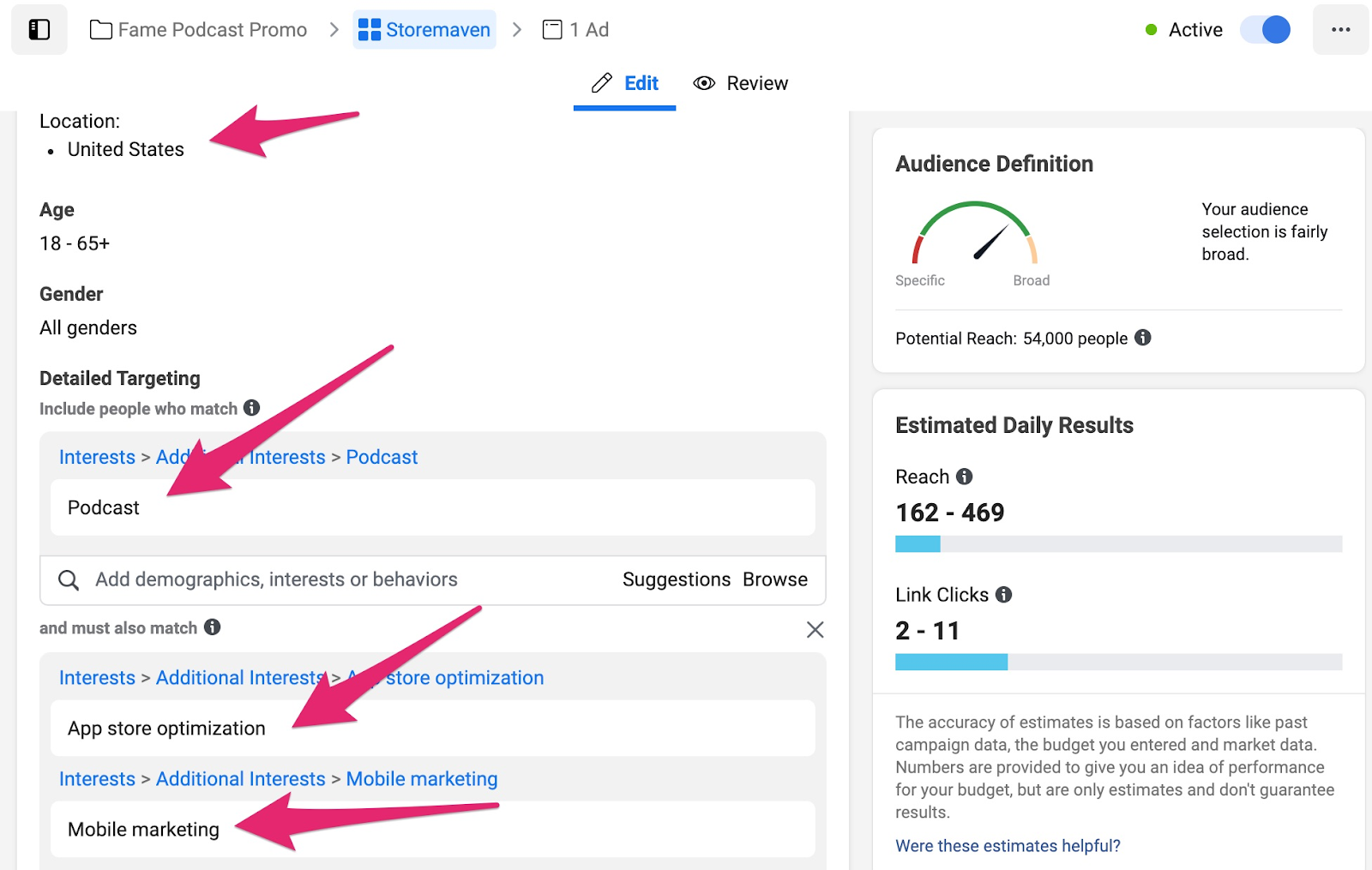
Start small by promoting your strongest episode or season trailer, and monitor engagement before scaling up. Short, catchy audio or video snippets work best.
Think of them as mini previews that spark curiosity and drive clicks. Effective targeting helps you reach listeners who are most likely to become loyal subscribers.
The key is to blend paid reach with authentic community engagement. Use your ads to attract new listeners, but rely on your content and interactions to keep them coming back. Paid campaigns are most effective when they amplify what’s already working: a great show, a clear niche, and a consistent posting schedule.
7. Track Performance and Adjust Your Strategy
Tracking your podcast’s performance turns creative effort into measurable growth. Relying on intuition alone makes it hard to know which episodes resonate and why.
Use analytics from platforms like Spotify for Podcasters, Apple Podcasts Connect, and Podbean Analytics to monitor downloads, listener retention, and completion rates.
These insights help you identify which topics, guests, or episode lengths perform best. If you see a drop-off at a specific timestamp, it’s a cue to refine your storytelling or pacing in future episodes.
Go beyond surface-level metrics. Track referral sources and listener locations to see where your audience comes from and where to double down. Tools like Chartable and Podtrac make it easy to measure audience overlap and track conversions from campaigns.
Common Mistakes to Avoid
- Launching without a runway: Starting with just one or two episodes means you’ll lose momentum fast. Record at least four to six episodes before launch so you can promote consistently while new content keeps going live.
- Ignoring retention metrics: Most creators only track downloads, but platforms like Spotify and Apple Podcasts prioritize completion rates. Aim for 70% or higher to boost visibility in algorithmic recommendations.
- Relying on one promotion channel: Posting only on Instagram or LinkedIn limits reach. Diversify your funnel; use TikTok clips for reach, newsletters for loyalty, and SEO-optimized show notes for search discovery.
- Neglecting show notes and metadata: Poor descriptions or missing keywords make your podcast invisible to search engines. Treat every episode description like a mini landing page.
- Inconsistent posting schedule: Irregular uploads hurt both audience trust and algorithmic ranking. Commit to a fixed release rhythm, even one episode per week, and automate scheduling through your hosting platform.
- Skipping collaboration opportunities: Not leveraging guest appearances or swaps leaves growth potential untapped. Every guest is a gateway to a new audience.
Best Practices for Podcast Promotion
- Create teaser content before launch: Build anticipation by sharing short preview clips, behind-the-scenes moments, or topic teasers a few days before each episode drops.
- Develop a repeatable promotion workflow: Build a checklist or automation system for every episode, from uploading assets to scheduling social posts, to stay consistent and efficient.
- Leverage email newsletters: Feature your latest episodes in newsletters or roundups. Direct subscribers are often your most loyal listeners and sharers.
- Use visual branding across platforms: Keep cover art, thumbnails, and social visuals consistent. Strong branding improves recall and helps new listeners recognize your show anywhere.
- Experiment and iterate regularly: Test new formats, posting times, and hooks. Monitor what drives engagement, then double down on what works best for your audience.
Scale Your Podcast Reach with Smart Promotion Using Klap
Podcast growth is not just about how often you publish; it’s about how strategically you promote. The most successful podcasters combine consistency with smart repurposing.
Every episode you record holds multiple opportunities for reach: a 10-second TikTok teaser, a YouTube Shorts highlight, or a carousel post on LinkedIn. Turning one long-form recording into several micro-content pieces ensures your voice stays visible across every channel your audience uses.
Klap makes that possible in minutes. Its AI automatically detects your podcast’s best moments, converts them into vertical clips, adds captions, and formats them for TikTok, Reels, and Shorts. No manual editing. No creative burnout.
Start repurposing with Klap today and transform every episode into a consistent engine for visibility and discovery.

